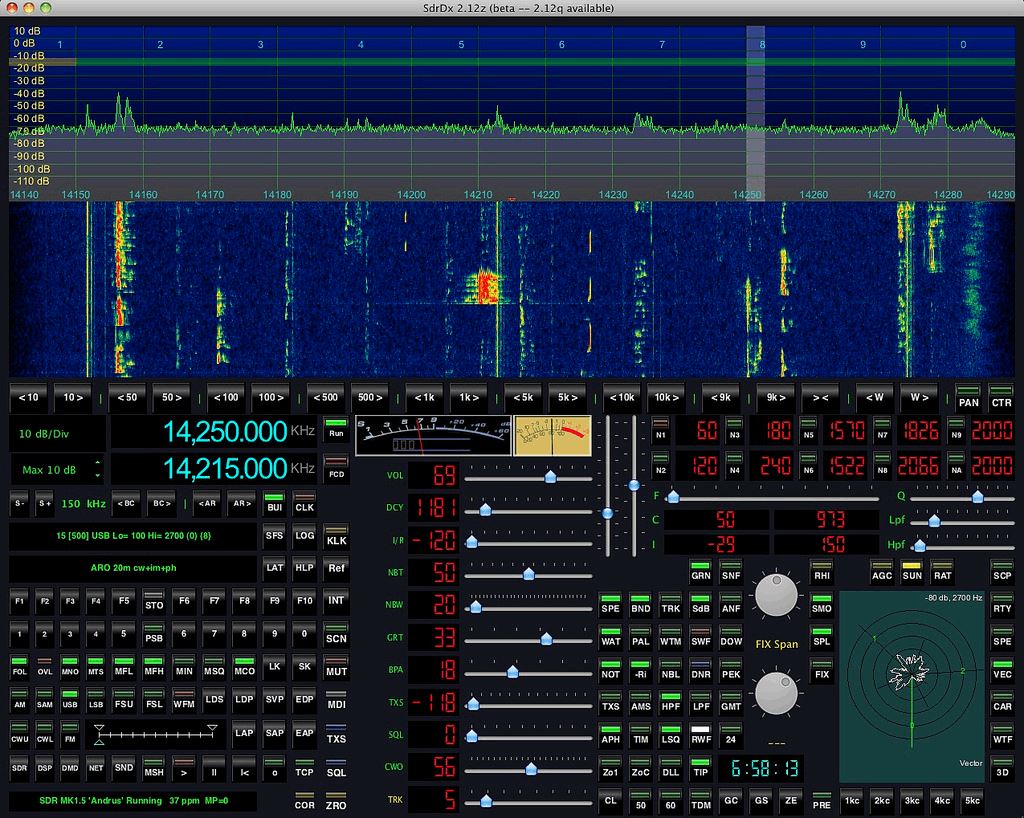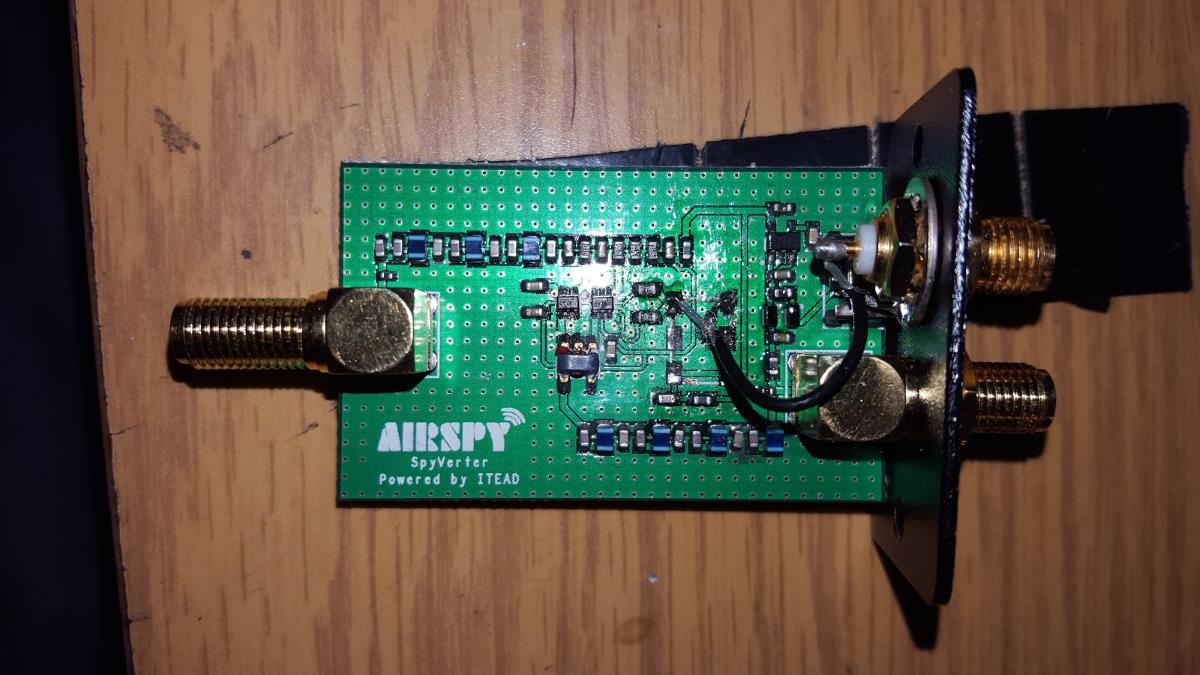We are giving away 20 of our new units with the metal case!
Competition has now ended! Thanks to all who entered! Winners to be announced by Monday.
The RTL-SDR and SDR community spans multiple disciplines and there are many wildly different projects being worked on by SDR enthusiasts as regular readers of our blog may already know. We want to thank all our readers with a competition and at the same time get everyone to share what projects you are all working on.
There are four chances to enter the contest and you may enter in all four competitions. On each method we will give away 5 RTL-SDR blog dongle + antenna units. Competition ends in one week on the 22nd of January at 23:59 hrs (midnight) PST time. Winners will be notified in the following 1-2 days and we will do a post about it too.
Competition Entry 1) Like us on Facebook and make a comment on the the contest post mentioning what SDR related projects you are currently working on, or plan to work on in the future.
Competition Entry 2) Follow us on Twitter and tweet at us @rtlsdrblog mentioning the SDR related projects you are currently working on, or plan to work on in the future.
Competition Entry 3) Make a comment on this very blog post mentioning what SDR related projects you are currently working on, or plan to work on in the future. (Please include a contact email address in the email field – it will only be visible to us and we won’t use it for anything else, promise!)
Competition Entry 4) Sign up to our email mailing list here or on the right hand navigation menu. (we send out a once weekly digest of the weeks posts).
We want to hear about any and all projects, no matter how simple you might think they are! At the end of the competition we will randomly select five winners from each competition entry method and contact them. Please remember to check your Facebook/Twitter/email accounts if your name comes up when the winners are announced.
Rules: Only one entry per person per method! E.g. you can enter once on Facebook, once on Twitter, once by commenting here, and once by signing up to our mailing list. No duplicate accounts are allowed. You must be legally be allowed to receive and own an RTL-SDR dongle to enter.






